I'm trying to measure total power(dBm) from the following spectrum, the spectrum is 5MHz wide, the peak power from the spectrum is about -40 dBm,
I have an array of spectrum points(Power vs Frequency), now my question is how do I calculate total power from the array?
I assume that first thing to do is to convert array values --> log. scale(dBm) to linear(mW) and I got stuck here?
any suggestions would be much appreciated.
